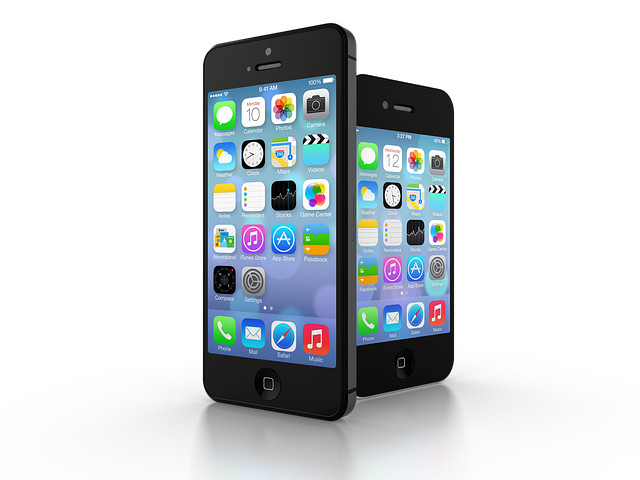
There seems to be no particularly clear answer, and the way could there be. Each developer, app, and market are completely different from each other. So how can there be an atomic number that applies to an app like Facebook further as an up-and-coming indie game? the solution will always be: It depends.
This guide walks you thru the nuances of app release cadences. After reading this guide, you’ll have an improved understanding of why it’s crucial to update your app, why the frequency has changed in recent years, the various styles of updates, and a few insights into how often you’ll want to update your app.
App update types
Not all updates are created equal and so not every update will follow the identical update pattern. so as to grasp when an app should be updated, we’d like to first cover the various styles of updates.
The idea remains identical irrespective of version numbering conventions. There are major updates, minor updates, and revisions. And revisions are usually minor updates like bug fixes and performance enhancements. Obviously, nobody rolls out major updates weekly.
Why app updates are important
The second highest is 64 days. The median for apps that have last been updated in only nine days. Updating an app doesn’t guarantee its success. But the info shows that it’s important for apps to be updated frequently. Frequent updates help apps address user needs quicker. If there are common problems that are reported by users, a fast update to mend those issues will prevent unhappy users. Users could also demand new features or changes that will improve the user experience, boosting their engagement and inspiring conversions.
Recent app rating changes
It’s critical to possess a high app rating. Among the highest 100 free apps, the median app rating was 4.7, and only nine apps had a rating less than 4.0. Among the highest 100 grossing apps, the bottom app rating was 3.9, and only six apps had a rating below 4.2. As of this year, older app reviews are no any longer counted equally to newer reviews on both the App Store and Google Play. this implies app ratings now better reflect an app’s current quality. It also means apps have an incentive to update more frequently because they need better chances of accelerating their app rating with new updates.
Another reason app updates became more frequent is automatic updates. Apps auto-updating within the background has become the norm. Now, users don’t have to stress about missing new features, and they rarely check for updates manually. For apps, this implies that they don’t need to worry about annoying users with frequent updates.
This is sensible since the highest free apps are supported in popularity and frequently include relatively new apps that are still trying to form a sway. For newer apps, constant updates and new features will encourage users to stay with them and encourage engagement. The top-grossing apps, on the opposite hand, are responded to. These tried and true top-grossing apps can depend on less frequent, more substantial updates rather than getting them out of the door as fast as they will.
Update frequency and app rank
In addition to app update cadence, we also wanted to understand how the frequency of app updates affects an app’s rank. We checked out the typical days between app updates to determine if frequency may need an impression on app ranking. The simplest fit line for both top free and top-grossing apps shows that higher-ranking apps tend to update more frequently than lower-ranking apps.
